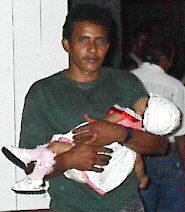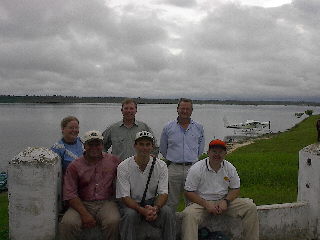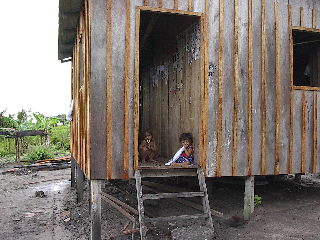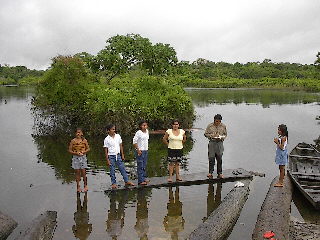Postscript: Darrel was back in Uariní a month later, and recognized Miriam's father in town. He said that she is in good health, and had no further problems. Darrel asked if they ever got the doctor's prescription filled, and the father said they hadn't been able to.








